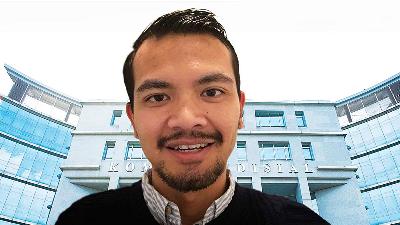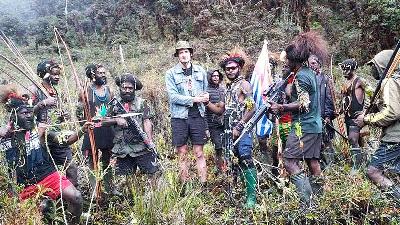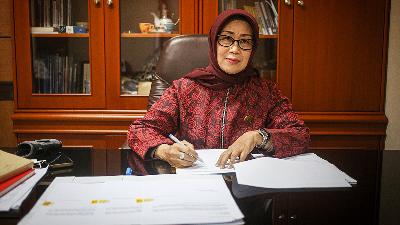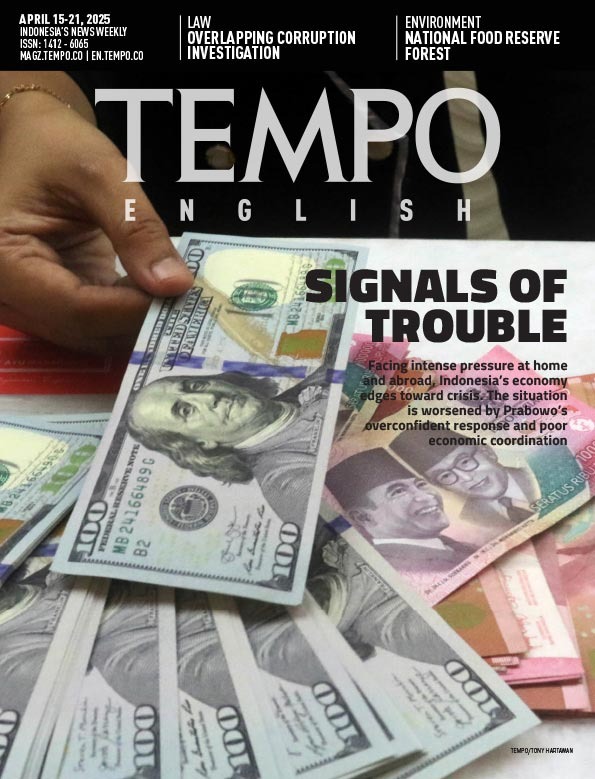Indonesia's Energy Transition Needs Trustworthy and Comprehensive Communications Strategy
Monday, February 20, 2023
Setting a solid strategy for public communication is key to gain public trust in efforts to tackle climate change.
arsip tempo : 174528726574.

Tackling climate change and reducing carbon emissions need to be seen as part of Indonesia’s ambitious plan to become a developed country by 2045. Ganis Syahputra R. Bustami, Public Communications Specialist at Indonesian State-Owned Enterprise, is emphasizing the need of public trust to achieve this goal.
“What is the essence of climate change for Indonesian society? They might be aware about the potential consequences, but do they have clear thoughts about what should be done on this matter? How trustworthy is the government in their perception of tackling this issue?” ask Ganis.
Based on the government’s data, the energy sector is identified as a critical contributor to greenhouse gas emissions production, together with the Forestry and Other Land Uses (FOLU) with a 97,2 percent contribution of the countries’ total emissions.
With the energy sector being one of the largest contributors to greenhouse gas emissions, the government has recently enacted several policies to show its commitment to reducing carbon emissions, securing investments worth USD 20 billion from the Just Energy Transition Partnership (JETP) and USD 500 million from the Climate Investment Funds (CIF).
To mobilize and manage these funds, the government has established a blended finance platform named Energy Transition Mechanism (ETM) Country Platform Manager to achieve its emission reduction targets from the energy sector in a just and affordable manner. ETM is a multidimensional knowledge, which consists of economics, technology, law, public policy, social, environmental, and communications. Therefore, gaining public trust through transparency is crucial for such a massive undertaking.
The Organisations for Economic Co-operation and Development (OECD) has published a policy brief mentioning that strategic and transparent communication should be among the first lines of action for public institutions at all levels. Setting a solid strategy for public communication is key to its effectiveness in combating disinformation and necessary to gain public trust, according to Ganis.
“In practicing communications strategies, the one-fits-all approach is ineffective. Instead, a comprehensive, structured, and tailored strategy needs to be developed for each target audience that we call as stakeholders,” Ganis said.
Ganis believes public communication practitioners should consider four approaches to create a comprehensive, structured, and tailored communication strategy to the stakeholders.
The first approach is to set objectives through awareness building, acceptance from the audience, and action from the audience to support the policy. “ Basic principles in creating a strong key message are stand-out, simple, and recur,” he said.
The second approach is to identify stakeholders' power, legitimacy, and urgency of interest. The third approach is to engage the media and press by constructing clear and transparent material such as a press release.
Finally, the fourth approach is to engage stakeholders through social media by using plain language with transparent substance. “Having a well-rounded social media strategy is sustainable as it leaves digital footprints,” Ganis said.
To execute these strategies, Ganis also suggests applying the PESO model (Paid, Earned, Shared, and Owned) and measuring the execution through SMART indicators (Specific, Measurable, Achievable, Relevant, and Time-bound).
“Close media monitoring should be conducted to monitor the public perception through the ongoing news. Public perception surveys might also be conducted as an additional tool for monitoring and evaluation,” he said.
With solid public communication strategies, Ganis believed public trust will be earned. Therefore, a creative and knowledge-intensive communications strategy is undoubtedly essential for practitioners to serve the public with properly designed ETM narratives, so that the just and affordable energy transition will not only be jargon.
Ganis Syahputra R. Bustami, Public Communications Specialist at Indonesian State-Owned Enterprise











